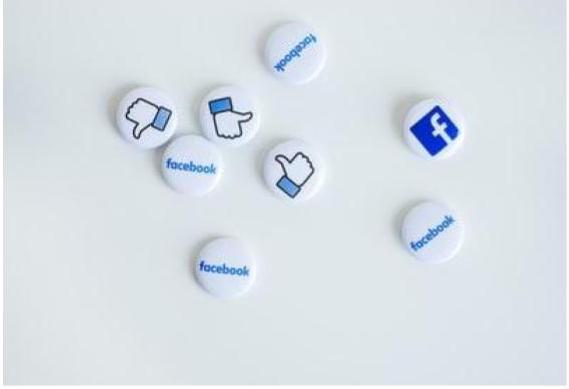Today, 7.7 billion people are living in the world. According to the statistics, 3.499 billion are active users of social media. These stats prove that today, such channels play an essential role in our everyday life. But, what role does it play in higher education?
How Can Social Media Benefit Higher Education?
Despite the global popularity of various social media, when it comes to education, most people see it as a distraction only. Both parents and teachers believe that these channels can do no good for students. But, in today’s world, this statement is false.
As a matter of fact, such tools can significantly enhance the student experience in the classroom. Besides, it is an excellent way for teachers and students to connect and stay on the same wavelength.
Without any doubt, social media play a meaningful role in the modern educational system and, if used the right way, it can be used to the benefit. Here are six key points that show how important is the role of such channels in higher education.
Relatable Lessons
In today’s highly digital world, kids learn to interact with technology from early childhood. They discover the benefits and opportunities of the Web quite early. Thus, they are willing to use it to solve various problems faster and easier.
Social media is one of those things modern students are well familiar with. Thus, integrating such tools into the learning process, teachers can establish a better connection with the class. This will make lessons more relatable to the modern generation and more engaging.
Research
It may be hard to believe, but such channels can become great sources for student’s research. While you may not be able to find enough valid information in publications, these platforms can be used to conduct surveys and polls.
The audience at such sites is pretty diversified. This allows anyone to run surveys on different topics and get quite accurate results. Thus, encouraging students to use social websites to research for their thematic essay assignment or any other type of homework, teachers give them plenty of space for creativity!
Stronger Community
As social media was evolving, people showed a tendency to decrease in-person communication. Instead of giving one another a call or arranging a short meeting, it is now enough to drop a line on Facebook or Instagram.
Today, the most significant part of our communication occurs online. This can be used in higher education as well to create communities that are friendlier and more closely tied together.
On social media, students can offer support to their classmates, share information, and engage in discussions.
Social media allows students to communicate outside the classroom and establish better relationships. Besides, learners can collaborate on various projects and assignments using social media.
Interaction Between Teachers and Students
Apart from helping students to communicate with each other, such tools also come in handy to ensure easier and quicker communication with teachers.
Since young people find it more convenient to communicate, as well as provide and access information online, the use of such sites demonstrates increased teacher-student interaction.
Driving More Prospect Students
Increasing their social presence, higher education facilities can easily drive enrollment numbers. Many colleges and universities already use Facebook and Instagram to promote their institutions online.
This enables reaching a more significant number of youngsters. In such a way, colleges connect with them even before they make an official campus visit.
Practical Knowledge
Obtaining practical knowledge is vital, regardless of the chosen niche. This is one more case when online tools can come in handy.
This point may not apply to all subjects. But, some faculties can embrace the use of social media to their own benefit. One such subject is marketing.
Today, online marketing is a powerful tool. Social media channels give businesses and marketers almost unlimited opportunities. With these tools, they can reach out to their target audience, track their engagement, and increase revenues.
Thus, offering marketing students to use these channels in the classroom can help them learn practical techniques and enhance their knowledge.
Bottom Line
Over the past years, social media has been gaining momentum quite rapidly. Now, it has deeply integrated into all spheres of our lives. Higher education facilities also haven’t been left behind. Almost all schools and colleges adopted this global phenomenon.
Based on everything said above, one can see a clear potential of social media. These channels can transform teaching and learning processes for better. If applied wisely, they can only enhance and support learning.
New generations are being raised in a world where people spend, on average, 142 minutes on social platforms each day. Therefore, such channels are well understandable, comfortable for them. Thus, integrating such channels into the learning process will make modern students more willing to participate in various classroom activities.
Such an approach to higher education is more student-centered and, thus, can bring numerous benefits.



